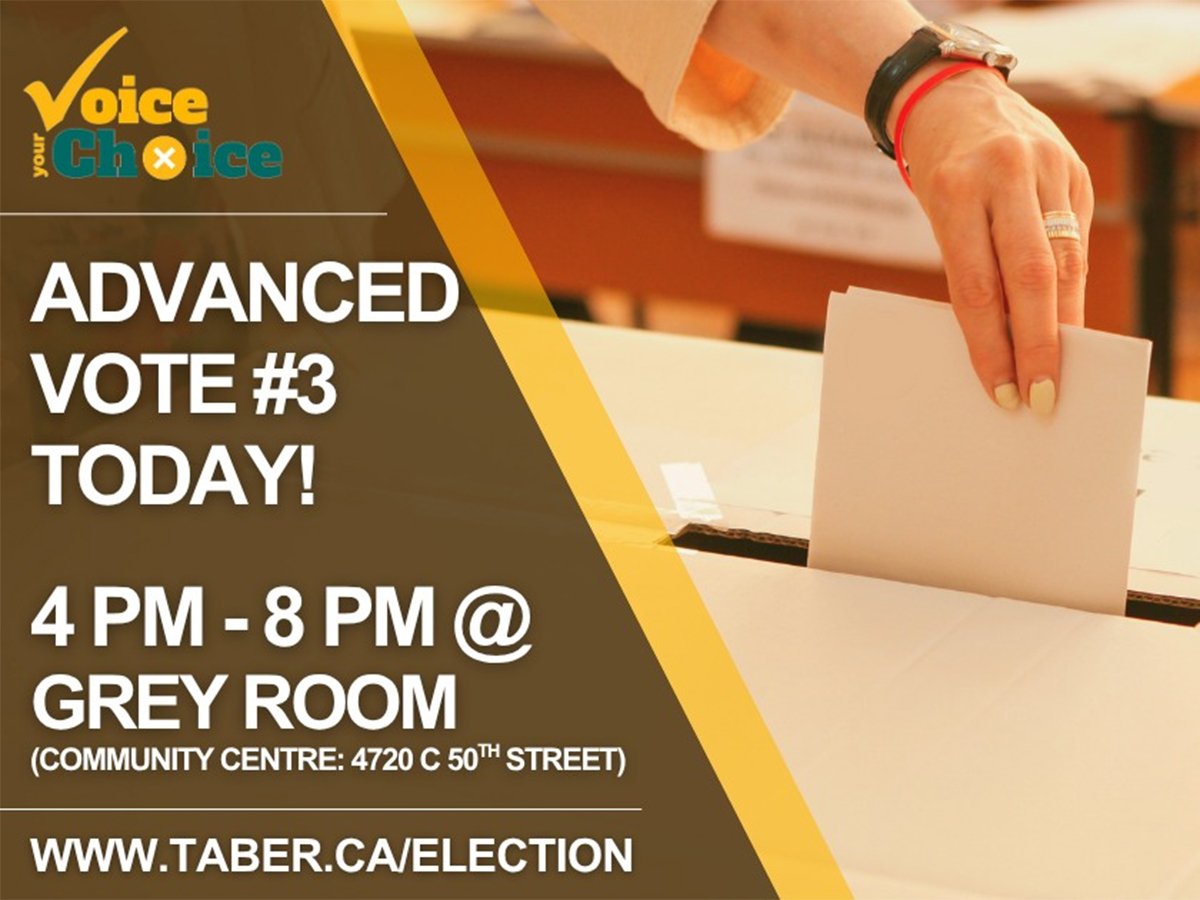Most producers over the course of their careers will likely find a reason to use a veterinarian to help with regulations for exporting livestock, attending shows or for routine monitoring of a reportable disease.
A reportable disease such as anthrax or tuberculosis may show up and your veterinarian may be involved, along with a veterinarian from the Canadian Food Inspection Agency.
This two-fold approach has always existed. Reportable diseases are those that the government deems as significant and wants eliminated. Any time private veterinarians suspect a reportable disease in their day-to-day practices, they are required to notify the CFIA veterinarian. They then do the confirmation, follow-up testing and monitoring of the existing herds as necessary.
Read Also

Rural communities can be a fishbowl for politicians, reporter
Western Producer reporter draws comparisons between urban and rural journalism and governance
As well, private veterinarians must be accredited to perform the necessary testing for cattle to be exported. This involves being tested on the applicable procedures, documentation and practical tests. Veterinarians must pass the requirements for each species they work on. Individual accreditation applies to cattle, bison, horses, elk, camelids, sheep and goats. This is because different diseases are applicable to each species and method of testing. Tuberculosis is a good example. While cattle and bison are tested on the tail fold, elk are tested on the neck and camelids under the elbow. Each species has a different reaction to the test. The accredited veterinarian must know all this, perform the appropriate testing and make sure the documentation is complete.
When exporting animals, the final step is the federal veterinarian checking the testing results, verifying the documentation and signing and stamping the official form. As a result, there is always a two-way check with two signatures. Documentation is never short but proper identification, final destination and health results must all be included on the form.
Because there are often different testing requirements for different countries, veterinarians must be accredited on a country-by-country basis. With cattle, Mexico and the United States were common countries to be accredited for because Canada was previously a big trading partner with them.
With countries where trade is less frequent, such as South Korea, the federal veterinarian may do the work. CFIA veterinarians often alert private vets about changes to the requirements of importing countries.
Recently, significant changes have been made to the rules concerning cattle exports to the U.S. For years only TB and brucellosis testing was required. That changed to require a health check with proper identification before BSE but now the U.S. requires branding on feeder cattle, teeth checking to determine age and insuring heifers are open.
This last requirement is formidable because fat, heavy, finished feedlot heifers are hard to palpate and run the risk of tearing internally. All these testing requirements involve more labour and they increase exporting costs for the exporter.
As private veterinarians, we must do our due diligence and complete all necessary requirements, even though at times they seem laborious. We are not involved in the decision-making processes or the negotiations that occur between countries when these policies are set. Sometimes requirements such as pregnancy checking heifers that are going immediately to slaughter seem like overkill.
Some veterinarians doing this work have been caught in these latest media exposures.
Verifying that a heifer is pregnant is not as easy as one might think. It could have been pregnant for about a month, be undetectable on palpation and then show up pregnant in the U.S. several days later.
It worries me that veterinarians have been boxed into a corner to make this call. Apparently there are talks now about placing a moratorium on heifers for a while or giving them all a shot of prostaglandin, which will abort the pregnant ones, but that is not 100 percent effective and again increases the costs.
The pregnant uterus is discarded at slaughter anyway so I fail to see how this is a great risk. However, it is the political quandary we are in.
In the meantime, private accredited practitioners will continue their diligence to insure our export markets stay open and comply with all the demands required of us. Hopefully, over time, seemingly unnecessary demands such as branding and pregnancy checking will be removed and the process streamlined.
If you require any of this testing, contact your herd veterinarian because most are accredited so they can provide that service.
Roy Lewis is a veterinarian practising in Westlock, Alta.














